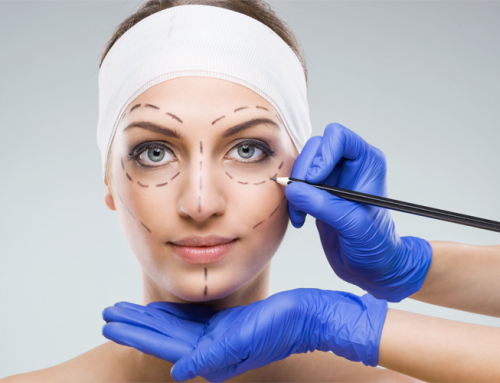Liposuction surgery, also known as body contouring, is a plastic procedure designed to remove excess fat from specific parts of the body.
Here’s an overview of how liposuction surgery in Islamabad typically works:
Consultation: The process usually begins with a consultation with a plastic surgeon. During this consultation, the surgeon will assess your condition for liposuction, discuss your needs and goals, and explain the procedure in detail. They will also review your medical history.
Preparation: Before the surgery, you’ll be given specific instructions on how to prepare. This may include guidelines on eating and drinking, medications to avoid.
Anesthesia: Liposuction can be performed under local anesthesia or general anesthesia, depending on the time of the procedure and the surgeon’s preference. Your surgeon will discuss the best option for you during the consultation.
Incision: Small incisions are made in the targeted area(s) where fat will be removed. These incisions are typically very small, often just a few millimeters in length.
Fat Removal: A thin tube called a cannula is inserted through the incisions and used to suction out the excess fat. The cannula is moved back and forth to break up the fat cells, which are then suctioned out of the body using a vacuum device.
Closing Incisions: Once the desired amount of fat has been removed, the incisions are closed with sutures or surgical tape.
Recovery: After the procedure, you’ll be monitored for a short period in the recovery area before being discharged home. You’ll likely experience some swelling, bruising, and discomfort, which can be managed with pain medication and compression garments. Recovery time varies, but most people can return to work and light activities within a few days to a week.
Results: The final results of liposuction may not be immediately apparent due to swelling, but you should start to see improvements in the treated areas within a few weeks. It may take several months for the full results to become visible as the swelling subsides and the skin adjusts to its new contours.
Follow-Up: You’ll have follow-up appointments with your surgeon to monitor your progress and ensure proper healing. They’ll also provide instructions on scar care and when you can gradually resume more strenuous activities.
rgery.









Leave A Comment